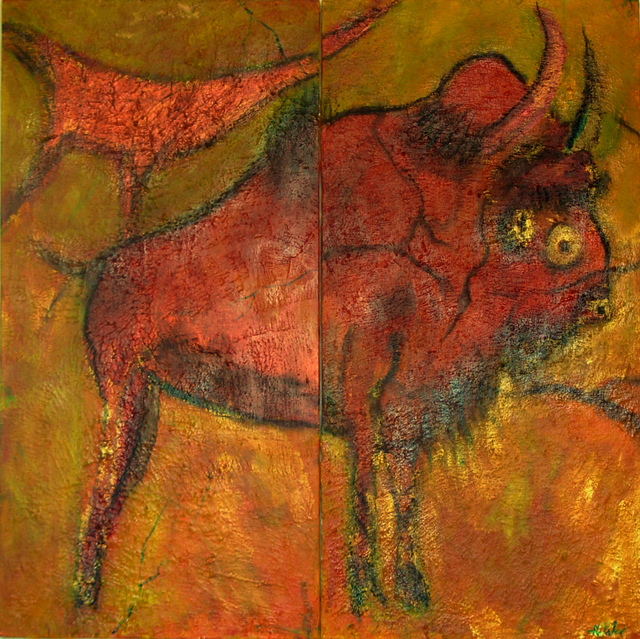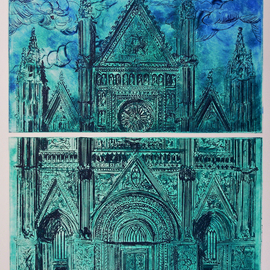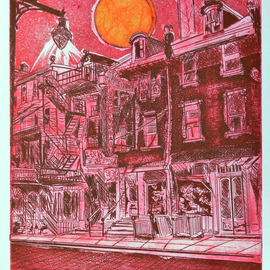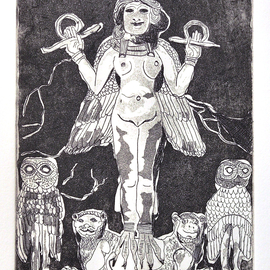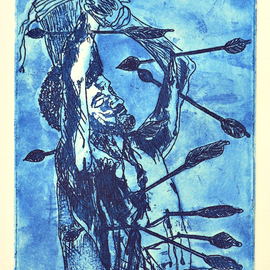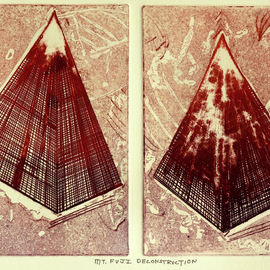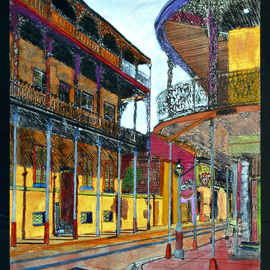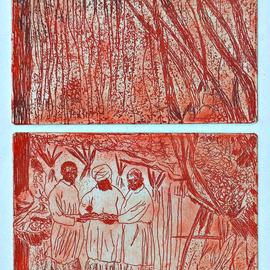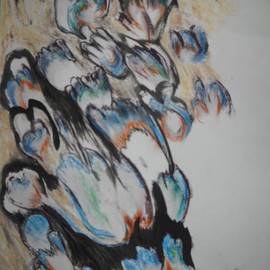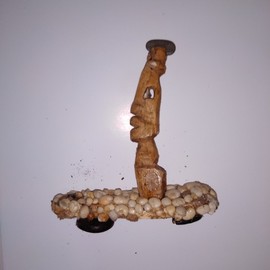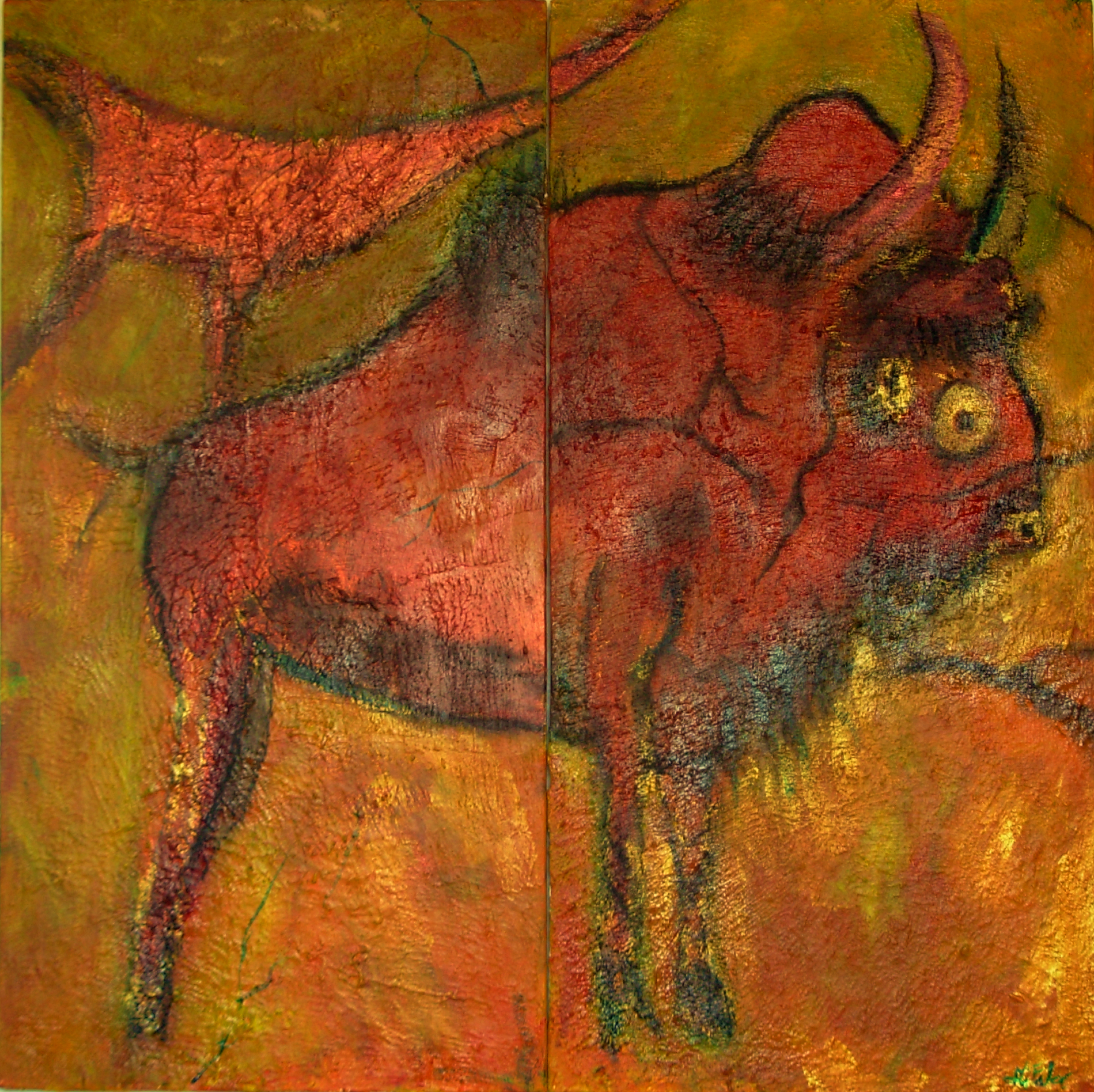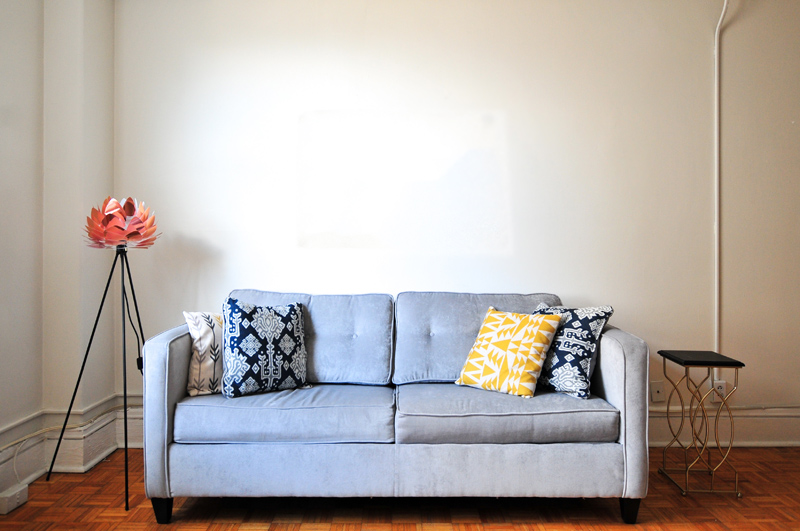Ancestral Dreams Mixed Media By Jerry Di Falco
Artwork For Sale ❯ Mixed Media ❯ Jerry Di Falco ❯ Archetypal ❯ Ancestral Dreams
Artist:
Jerry Di Falco
Title:
Ancestral Dreams
Price:
Year:
2021
Medium:
Size - (USA):
36 W x 36 H x 0.5 D (inches)
Size - (metric):
91.4 W x 91.4 H x 1.3 D (centimeters)
Theme:
Edition:
Original
Artwork ID:
638430
PDF Copy:
Artwork Description:
FULL TITLE IS ANCESTRAL DREAMS AND UNDERGROUND STARS Painting on two canvases. DiFalco’s two-panel painting—a mixed media work on primed and textured stretched canvases over wood—invokes forms and colors from the Paleolithic art within the Altamira Caves. Media include acrylic, gouache, watercolor, resins, gels, pumice, gesso, charcoal, and ink. Each canvas panel measures 36 inches high91.440cmby 18 inches wide45.720cm , making the overall painting size thirty-six inches square91.440 x 91.440 cm. The work is sold unframed, as the stretched canvas edges are painted. DiFalco’s play of light and shadow, balanced by the surface textures and brush strokes, endows the work with a mystical quality that reaches back into the beginnings of human consciousness. NARRATIVE The cave of Altamira in northern EspañaSpainhas been a UNESCO World Heritage Site since 1985Its location in Cantabria—near the town of Santillana del Mar—has hosted human habitation for over 22,000 years extending from the Gravettian to the Middle Magdalenian periods. About 13,000 years ago, a rock sealed the cave’s entrance until its rediscovery in 1868. The cave’s twisting passageways and chambers, measures about 270 meters. The main passage is at times six meters in height. Whilst human occupation only occurred at the cave mouth, the paintings, drawings and engravings exist throughout the cave. The Paleolithic artists employs ochre and charcoal and exploited the natural contours of the walls to enhance their polychrome depictionsthe contours may have inspired a particular depiction, or the artists may have been using this technique to provide a 3-dimensional element to the art. The art here includes many styles including naturalism, abstraction and symbolism. DiFalco’s work is an adaptation of cave images from “The Ceiling with the Polychrome Bison”, a main attraction and interest of Altamira. The 25 large polychrome figures in this area of the cave depict bison, a hind and two horses. In the actual cave, they measure between 125cm and 170cm in length, while the hind is 2 metres. The prehistoric figures were produced by engraving and drawing the outlines. Greater detail was achieved by deeper engraving. Most of the figures were then filled with red paint obtained from ochre, although some were painted with yellow or brown paint, again obtained from ochre. In several figures, black pigment was used for shading. The use of color to capture anatomy was highly selectiveto separate the legs from the chest, the haunches from the belly, and so on. Marcelino Sanz de Sautuola, however, felt certain that the paintings were from the Palaeolithic. In 1880 he published “Breves apuntes sobre algunos objetos prehistóricos de la provincia de Santander” Brief Notes about a few prehistoric finds in Santander Province. Heated debates ensued among leading members of the Roman Catholic church, as well as among prominent archaeologists and historians. The paintings in the cave were considered by these critics of Marcelino Sanz de Sautuola to be forgeries created in modern time. These clergy and academics asserted that cavemen were not sophisticated enough to produce works of art of this competence. In addition, these critics did not entertain the idea that this art may have been executed by women as well as menIn fact, we know now that both sexes created the exquisite art found in these caves. Sautuola’s public humiliation lasted over the next wo decades, until in 1902, several other findings of prehistoric cave paintings surfaced, which vindicated Sautuola’s theories.
Artwork Keywords:
Altamira, Paliolithic, Spain, Cave Art, Bison, Original Mixed Media
